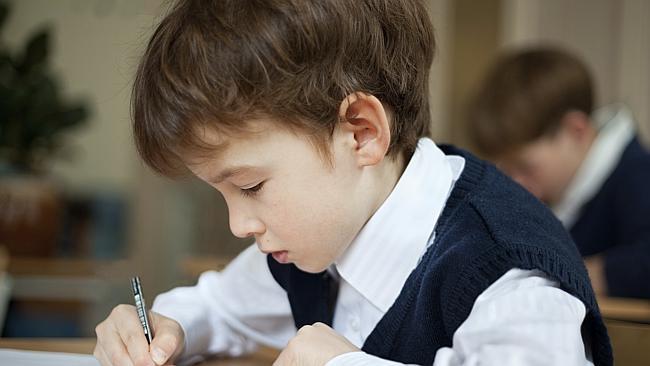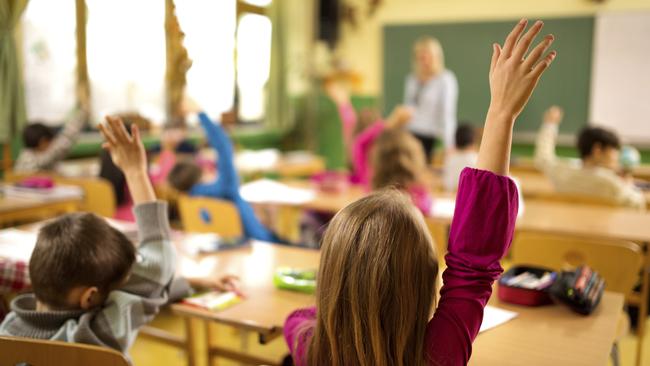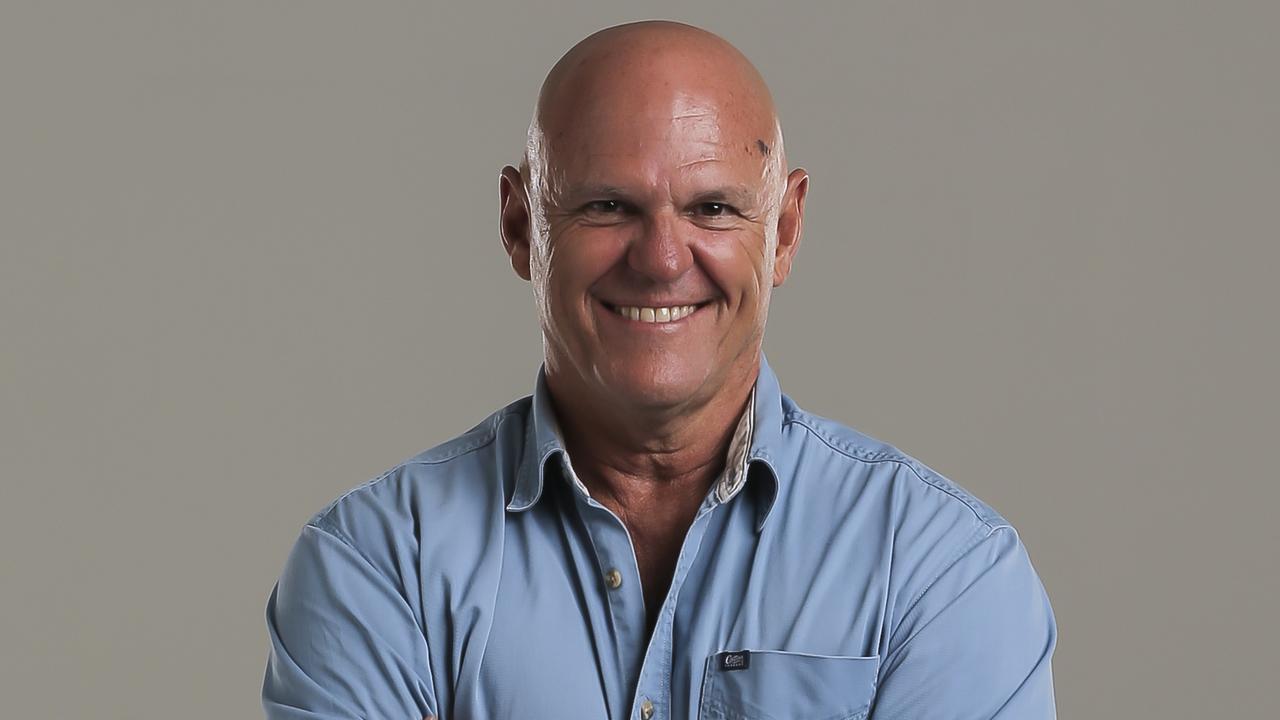Opinion: Australia’s education system needs lesson in independence
THE Productivity Commission’s draft report, “National Education Evidence Base”, argues that spending more on education is not the solution to raising standards and improving results.

Opinion
Don't miss out on the headlines from Opinion. Followed categories will be added to My News.
THE Productivity Commission’s draft report, National Education Evidence Base, argues that spending more on education is not the solution to raising standards and improving results.
The draft report states: “Notwithstanding substantial increases in expenditure in education over the past decade … assessments of students’ achievement in Australia show little improvement and, in some areas, standards of achievement have dropped.”
Meanwhile, the Reform of Federation Issues Paper 4, after noting a 37 per cent real increase in spending over years 2002-3 to 2012-13, also argues results have either flatlined or gone backwards.
What’s to be done? The first thing is to identify why, despite an increase in investment, standards failed to improve.
One reason is that stronger performing systems, such as in Finland, China, Japan and Singapore, have academically-based curriculums that focus on essential knowledge and key concepts and skills.
This is unlike Australia, because of the adoption of Outcomes-Based Education during the 1990s, where the curriculum, especially in primary school, is shallow, superficial and overcrowded.
Curriculums, rather than focusing on academically based subjects, force teachers to deal with abstracts such as intercultural understanding and critical and creative thinking.
As a result of imposing cross-curriculum priorities like indigenous history, Asia and sustainability, students often spend more time learning to be politically correct than being introduced to what Victoria’s Blackburn Report describes as our “best validated knowledge and artistic achievements”.
Secondly, research by the OECD describes the dominant approach to teaching and learning in Australia as embracing “constructivism”.
Teachers are described as “facilitators” and “guides by the side” and the focus is on “inquiry-based” learning where what the child wants to learn, rather than essential knowledge, is centre stage.
Systems in Finland, China and Japan never embraced constructivism and the emphasis is on what is known as “explicit teaching” and “direct instruction”.
The approach is more formal, where teachers are in control and classrooms are disciplined and lessons clearly structured. Stronger performing countries also place greater emphasis on rote learning and memorisation.

Research into how children best learn concludes that basic skills like memorising times tables and rhymes and poems must become automatic before more difficult and abstract learning can take place
Apart from NAPLAN, a one-off literacy and numeracy test at years 3, 5, 7 and 9, the first time Australian students face a competitive, high risk, academic exam is in Year 12.
Thanks to constructivism and progressive fads like formative assessment, where the emphasis is on being positive and promoting self-esteem, students rarely, if ever, are told they have failed until their final year of school.
Asian systems regularly test students much earlier on the basis that it’s OK to be competitive and students need a realistic understanding of whether they passed or failed.
Whereas state and territory systems long ago abolished technical schools and made all students attend secondary schools with a one-size-fits-all curriculum, education systems in many top-performing countries are more diverse.
In Singapore, students choose from four courses at the end of primary school: special, express, normal (academic) and normal (technical). In Finland, after middle school, they choose between schools that are academically focused and those providing vocational education and training.
This is more efficient than forcing all students to undertake the same courses.
Another reason Australia’s system underperforms is because it is highly centralised and bureaucratic where schools, government schools in particular, lack autonomy and flexibility to innovate.
Schools are answerable to two levels of government and, during the Rudd/Gillard years, funding was increasingly tied to programs like a national curriculum, national literacy and numeracy testing and national teacher registration and certification.
Of course schools must be accountable but the reality is over-regulation and inflexible top-down management also imposes expensive and time-consuming compliance costs.
OECD research concludes that one reason Catholic and independent schools outperform government schools, even after adjusting for students’ home background, is because they are autonomous.
Dr Kevin Donnelly is a senior research fellow at the Australian Catholic University


